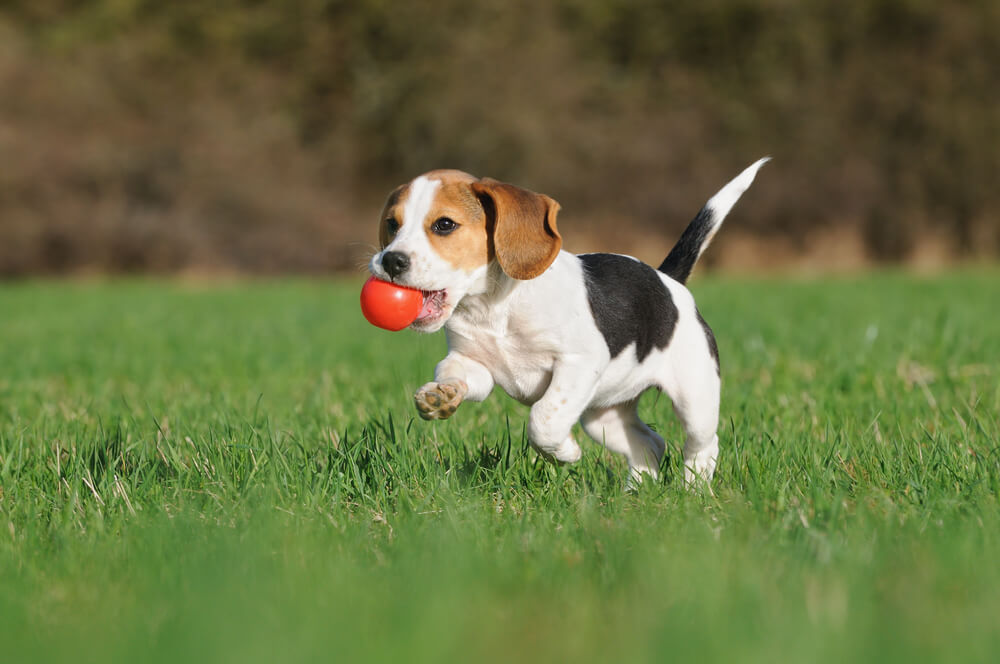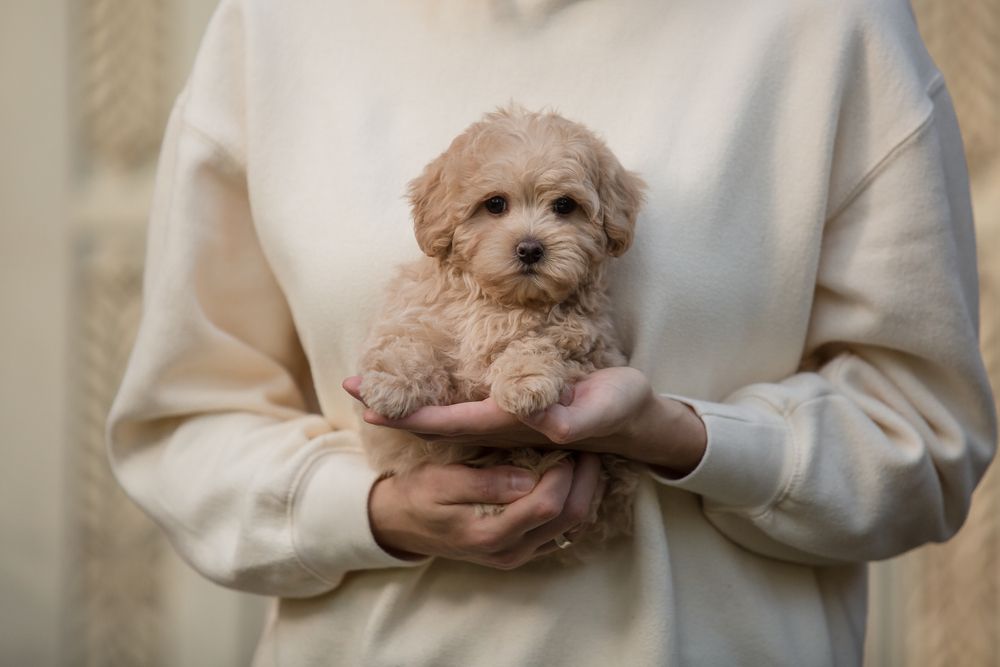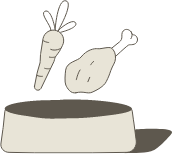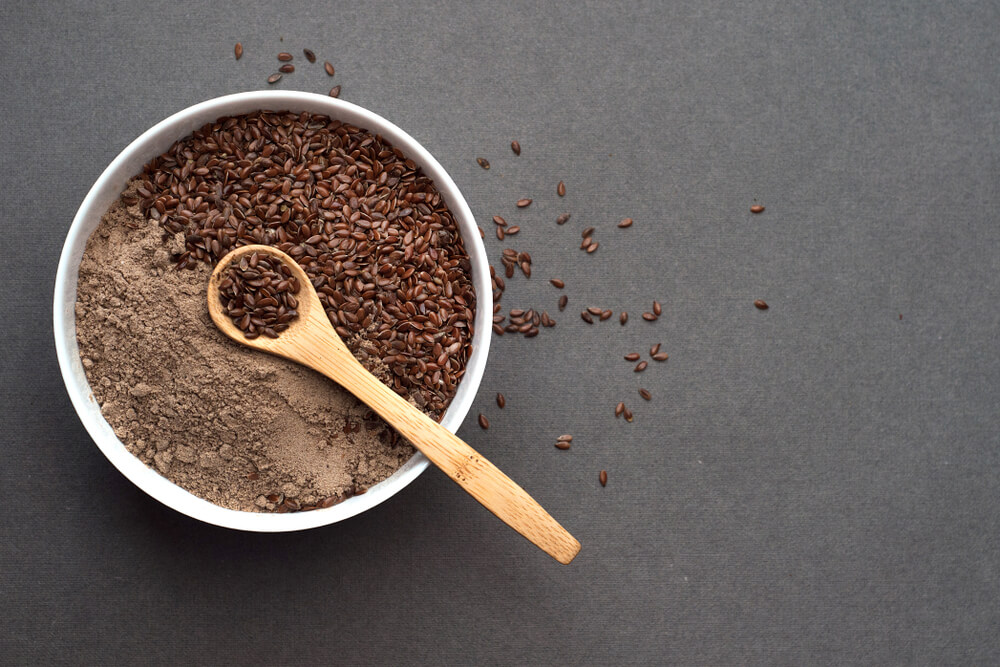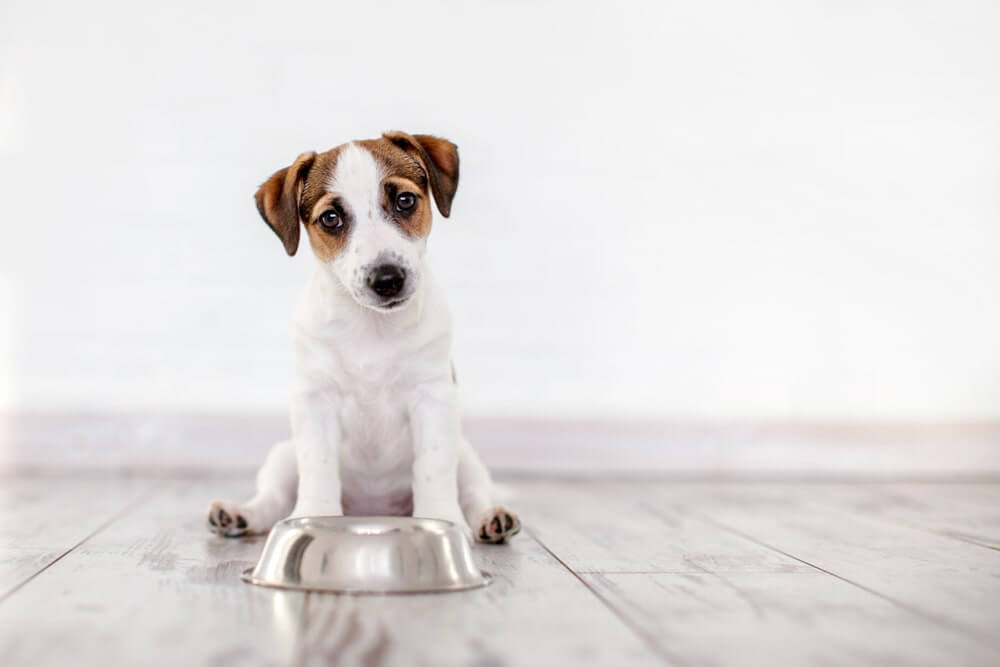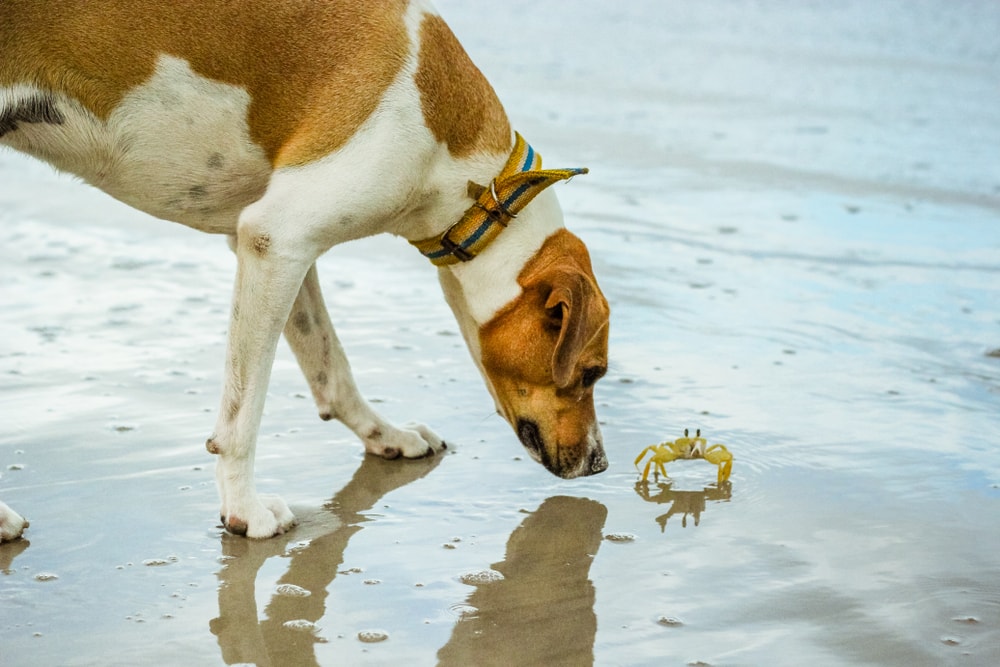Hey Ollie blog readers! We’re offering you an exclusive 60% OFF your starter box! Try now!
If your dog’s been scooting across the carpet like they’re auditioning for a viral video—or you’ve noticed a foul fishy smell every time they sit down—you’re probably dealing with anal gland issues. And yep, we’re going there. It’s not the most glamorous part of dog parenting, but it’s a real thing many dogs (and their humans) deal with.
Now, here’s the big question: “can food cause anal gland issues in dogs?” The short answer is yes. What your dog eats affects their digestion, stool quality, inflammation levels, and even how often their anal glands empty properly. So if your dog is dealing with frequent scooting, licking, or discomfort, it’s worth taking a closer look at what’s in their bowl.
The good news? In many cases, switching up your dog’s food can actually help reduce or even prevent anal gland problems altogether. But before we get into the best dog food for anal gland issues, let’s take a step back and talk about what these glands actually do—and why they can become a problem in the first place.
What Are Anal Glands and What Do They Do?
Every dog has two small sacs located just inside their rectum at about the 4 o’clock and 8 o’clock positions. These are called anal glands, or anal sacs, and they play a surprisingly big role in your dog’s daily bathroom routine.
These sacs fill with a smelly, oily secretion that’s naturally expressed when your dog poops—especially when the stool is firm. That scent acts like a doggie ID tag, helping dogs mark their territory and share info with other dogs. It’s why dogs are so obsessed with sniffing each other’s butts—those glands tell a whole story.
When everything’s working the way it should, your dog expresses their anal glands every time they poop, and you never even notice. But when the glands don’t empty properly—usually because the stool is too soft or your dog has underlying inflammation—they can become impacted, swollen, or even infected.
That’s why diet is such a big deal. Because the right kind of food can help your dog produce healthy stools that naturally empty those glands. And the wrong kind? It can leave your dog scooting, straining, or needing frequent trips to the vet for manual expression (which no dog enjoys—and trust us, neither do most vets).
Signs Your Dog May Have Anal Gland Issues
Anal gland problems aren’t always obvious at first, but once you know what to look for, they’re hard to miss. If your pup is dealing with discomfort or irritation, their behavior will often tell the story.
Here are the most common signs of anal gland issues in dogs:
- Scooting – The classic move: your dog drags their butt across the floor. It’s not just embarrassing at dinner parties—it’s often a sign of pressure or irritation in the glands.
- Licking or biting at the rear – If your dog keeps going to town on their backside, they’re likely trying to relieve discomfort.
- A strong, fishy odor – This smell isn’t subtle. It usually means the glands are full or leaking.
- Difficulty pooping or straining – If your dog is having trouble finishing their business, swollen glands might be blocking the exit.
- Swelling, redness, or visible discomfort near the anus – In severe cases, you might even see signs of infection or abscess.
Some dogs are more prone to these issues than others—especially small breeds like Chihuahuas, Toy Poodles, and Shih Tzus. Overweight dogs can also be at higher risk since extra body fat can make it harder for the glands to express naturally.
If you’re seeing any of these signs regularly, it’s worth talking to your vet. But don’t overlook the diet—what your dog eats plays a big role in how often these problems show up.
Can Dog Food Cause Anal Gland Problems?
Yes, it absolutely can. The food you give your dog has a direct impact on their digestion and stool quality, and that affects how well their anal glands function. Let’s break it down:
1. Low-Fiber Diets
When your dog’s food is too low in fiber, their stools tend to be soft or loose. That means they don’t put enough pressure on the anal glands during a bowel movement to empty them properly. Over time, this can lead to buildup, discomfort, and even infections.
2. Food Allergies or Sensitivities
Some dogs react badly to certain ingredients—like corn, soy, wheat, chicken, or beef. These sensitivities can lead to inflammation in the gut, inconsistent stools, or even chronic diarrhea. All of that makes it harder for the anal glands to empty on their own.
A recent post by Dog Food Advisor explained, “Soft or irregular stools, often caused by poor diet or allergies, are the most common cause of anal gland dysfunction in dogs.”
3. Poor-Quality Ingredients
Highly processed kibble packed with fillers, meat by-products, and artificial additives doesn’t just lack nutrients—it can throw your dog’s whole digestive system out of balance. And when digestion suffers, so do the anal glands.
4. Dry Food Without Enough Moisture
Most commercial kibble contains less than 10% moisture. If your dog isn’t drinking enough water on top of that, dehydration can lead to constipation—and dry, hard stools don’t always help express the glands the way properly hydrated, bulky stools can.
The Role of Fiber in Anal Gland Health
Fiber might not be the most exciting thing on your dog’s menu, but when it comes to anal gland health, it’s a game changer.
Here’s why: When your dog eats a balanced amount of fiber, it helps create firm, bulky stools. That added bulk puts natural pressure on the anal glands during a bowel movement, which helps them empty on their own. No scooting, no licking, no surprise vet visits.
There are two types of fiber, and both play a role:
- Soluble fiber dissolves in water and turns into a gel-like substance. It slows digestion and helps regulate blood sugar. Examples: pumpkin, oats, psyllium husk.
- Insoluble fiber doesn’t dissolve—it passes through the gut mostly intact and adds bulk to stool. Examples: carrots, flaxseed, sweet potatoes.
Dogs need a mix of both, but not too much. More fiber doesn’t always mean better. In fact, too much fiber can cause gas, bloating, or overly hard stools that strain the glands in a different way.
Some commercial kibbles add cheap fiber fillers like beet pulp or cellulose, but that’s not ideal. What your dog really needs is natural fiber from real whole foods—and that’s where the right dog food makes all the difference.
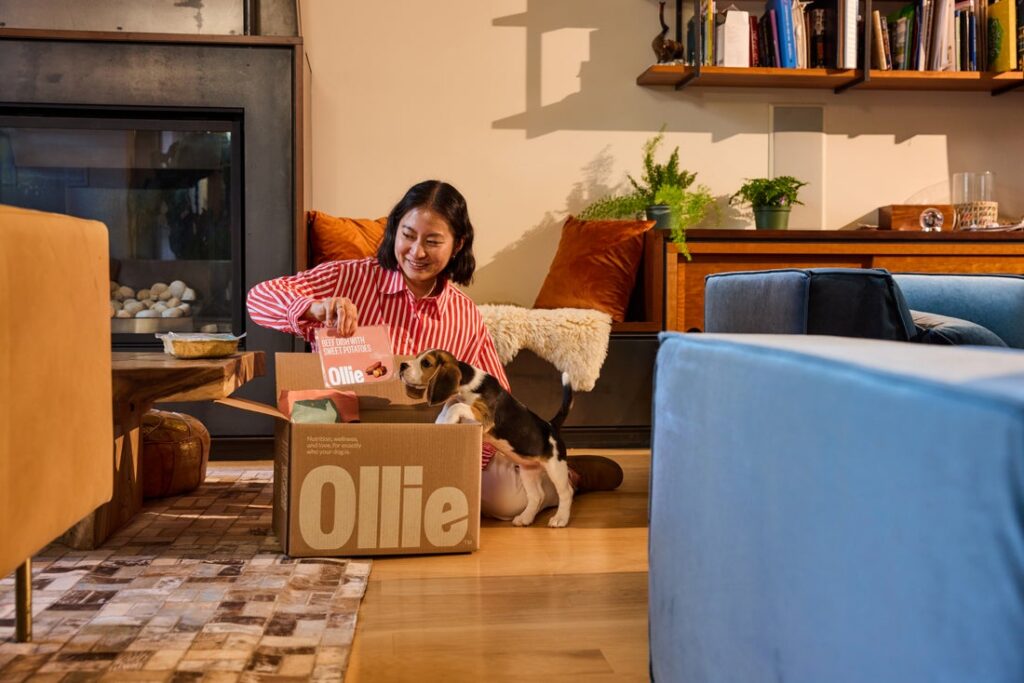
Best Dog Food for Anal Gland Issues
If your pup struggles with chronic scooting, licking, or gland impactions, switching to the right food can make a huge impact. The best dog food for anal gland issues does a few key things:
What to Look For:
- Whole, high-quality ingredients – Real meat, real veggies, and no sketchy by-products
- Moderate to high fiber content – Enough to firm up stools and help the glands empty
- Natural sources of fiber – Like pumpkin, carrots, kale, chia seeds, and sweet potatoes
- Easily digestible proteins – Fewer allergies = less inflammation in the gut
- No fillers or artificial additives – These can irritate the digestive system
- Fresh or gently cooked – Easier on digestion than highly processed kibble
Why Fresh Food Works Better
Fresh food is easier for dogs to digest. It has a higher moisture content, which supports hydration and smoother digestion. Plus, it’s made with real, recognizable ingredients—so you know exactly what your dog’s eating.
At Ollie, we craft meals with gently cooked meats and fresh veggies that are rich in natural fiber and free from mystery ingredients. Many pet parents tell us they noticed less scooting and fewer gland issues after making the switch.
If you’re looking for the best dog food for anal gland issues, fresh food with whole ingredients and real fiber isn’t just a good option—it’s often the solution.
Ollie Recipes That Support Anal Gland Health
We get it—no one wants to talk about anal glands. But if your dog’s been scooting or dealing with soft stools, what goes into their bowl can make a real difference. That’s why our recipes are designed to support healthy digestion and better bathroom habits from the inside out.
High-Fiber Ingredients That Help:
- Pumpkin – A gentle source of soluble fiber that helps firm up stools
- Chia seeds – Packed with omega-3s and fiber to reduce inflammation and aid digestion
- Carrots & sweet potatoes – Provide natural insoluble fiber for stool bulk
- Kale – Adds antioxidants and helps keep the gut balanced
These aren’t just healthy add-ons—they’re part of our core recipes. Our fresh meals give your pup fiber from real food, not processed powders or mystery ingredients.
Top Ollie Meal Picks for Anal Gland Support:
- Fresh Turkey with Pumpkin
- Naturally high in fiber
- Easily digestible protein
- Gentle on sensitive stomachs
- Naturally high in fiber
- Fresh Beef with Sweet Potatoes
- Rich in nutrients and fiber
- Ideal for active dogs who need digestive support
- Rich in nutrients and fiber
- Fresh Chicken with Carrots
- Balanced fiber and protein
- Great for dogs with common protein sensitivities
- Balanced fiber and protein
These recipes are cooked slowly at low temperatures to preserve nutrients—so your dog gets the good stuff without added junk.
Plus, every Ollie plan is personalized based on your dog’s age, breed, weight, and sensitivities. That means we’re not just feeding dogs—we’re helping them feel better and poop better. (Seriously.)
Additional Tips to Prevent Anal Gland Issues
Food is a huge part of the puzzle, but it’s not the only factor. Here are a few more ways to help your dog avoid anal gland issues for good:
Simple Tips That Work:
- Keep your dog at a healthy weight – Extra pounds put pressure on the glands and make natural expression harder.
- Make sure they’re getting enough exercise – Regular movement supports digestion and gut motility.
- Avoid over-bathing their backside – Harsh shampoos can irritate the area and cause inflammation.
- Provide plenty of water – Hydration helps keep stools firm but not hard.
- Use natural fiber boosters when needed – A spoonful of canned pumpkin or a sprinkle of psyllium husk can help (with your vet’s okay).
- Don’t ignore the signs – Chronic scooting or licking is worth a vet check—especially if it’s paired with swelling or discharge.
Consistency is key. Feeding high-quality food every day—like Ollie fresh meals—can keep your dog’s digestive system on track and make anal gland problems way less likely.
When to See a Vet For Anal Gland Issues
Diet can make a big difference in preventing anal gland issues, but sometimes things go beyond what food alone can fix. If you notice signs that seem more intense or just aren’t improving, it’s time to call your vet.
Red Flags That Need Medical Attention:
- Blood or pus near the anus
- Swelling, redness, or heat around the gland area
- Persistent scooting or licking, even after switching foods
- Pain during pooping or sitting
- Visible abscesses or lumps near the rectum
Impacted glands that don’t drain on their own can turn into infections or abscesses—and those can rupture if left untreated. It’s not just painful for your pup—it can lead to bigger issues (and bigger vet bills).
Your vet can manually express the glands, clean the area, and in some cases, prescribe medication. They may also rule out other problems like parasites, allergies, or anal tumors. If gland issues keep coming back, your vet may suggest a more advanced treatment plan or ongoing dietary changes.
Better Food, Happier Butt
Anal gland issues aren’t fun—for you or your pup. But they’re often preventable, and the food you serve makes a bigger impact than you might think.
If you’re dealing with chronic scooting, soft stools, or constant vet visits for manual expressions, it might be time for a change. A fresh, high-quality, fiber-rich diet can help your dog poop better and feel better—without all the rear-end drama.
At Ollie, we make fresh dog food with real ingredients that support digestion from the first bite to the final bathroom break. Every recipe is designed with your dog’s health in mind—right down to their butt.
Ready to say goodbye to scooting and hello to solid poops?
Start your dog’s personalized meal plan today
With Ollie, healthy digestion—and a happier pup—is just a bowl away.
Frequently Asked Questions (FAQ)
Can food cause anal gland issues in dogs?
Yes. Low-fiber diets, food sensitivities, and poor-quality ingredients can all contribute to irregular stools and inflammation—two major causes of anal gland problems.
What is the best dog food for anal gland issues?
Look for food with real, whole ingredients and moderate to high fiber from natural sources like pumpkin and sweet potatoes. Fresh meals like Ollie are easier to digest and support regular, healthy poops.
How can I tell if my dog has anal gland problems?
Common signs include scooting, licking the rear, straining to poop, swelling near the anus, and a strong fishy smell.
Is high-fiber food good for dogs with anal gland issues?
Yes, but balance is key. The right amount and type of fiber help bulk up stool and support natural gland expression without causing digestive upset.
Can switching to fresh food help with anal glands?
Absolutely. Many pet parents report fewer scooting episodes and better stool quality after switching from dry kibble to a fresh food diet like Ollie.
Tagged As:
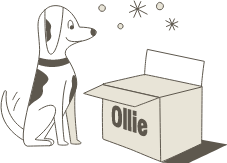
The nutrition your dog needs,
the food they want.

Enjoying our articles? Subscribe our Newsletters and get new articles directly to your inbox
You might also like
18 September 2025
6 MINS READ
Can Dogs Eat Flaxseed? Is Flaxseed Safe For Dogs?
Wondering if flaxseed is safe for your dog? This guide breaks down the benefits, risks, and best ways to add flaxseed, or flaxseed oil, to your pup’s diet.
18 September 2025
6 MINS READ
Why is My Dog Not Eating But Acting Normal? Causes & What To Do
Worried your dog isn’t eating but still acting normal? Here’s what could be going on and what to do to help your pup get their appetite back.
18 September 2025
5 MINS READ
Can Dogs Eat Crab? Is Crab Meat Safe For Dogs?
Thinking about giving your dog crab meat? Find out if it’s safe, what risks to watch for, and when crab might do more harm than good.

